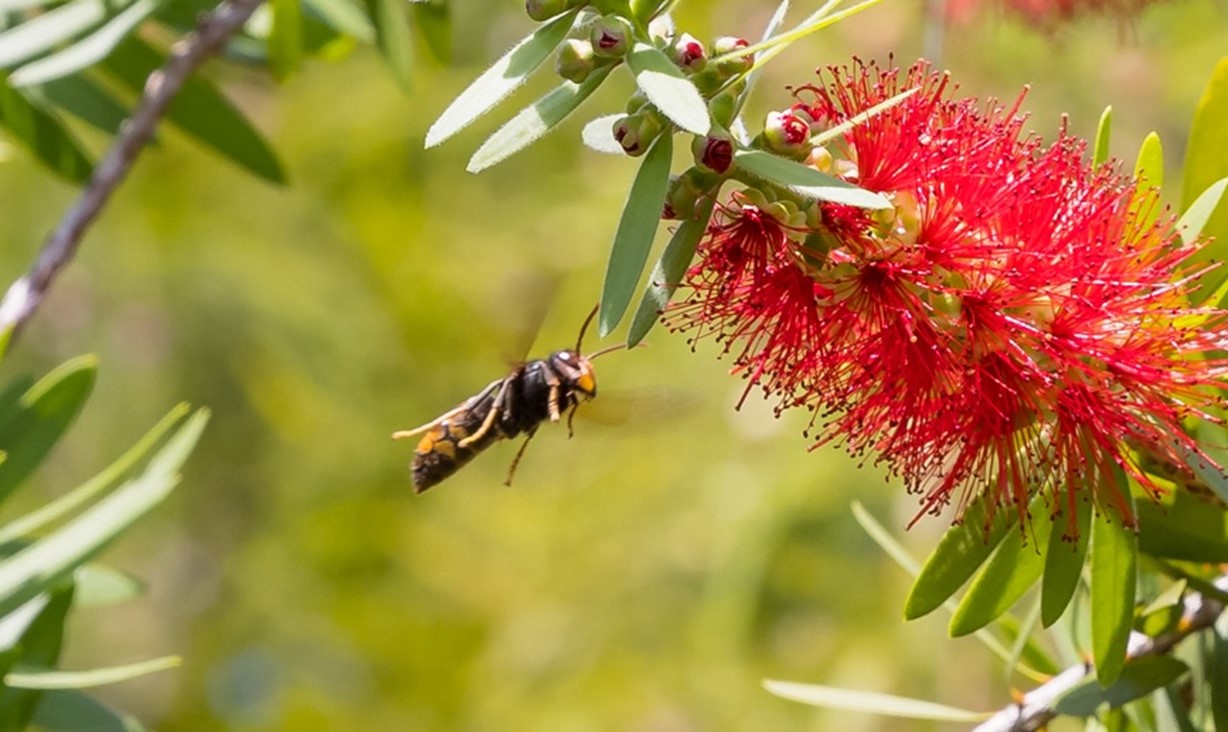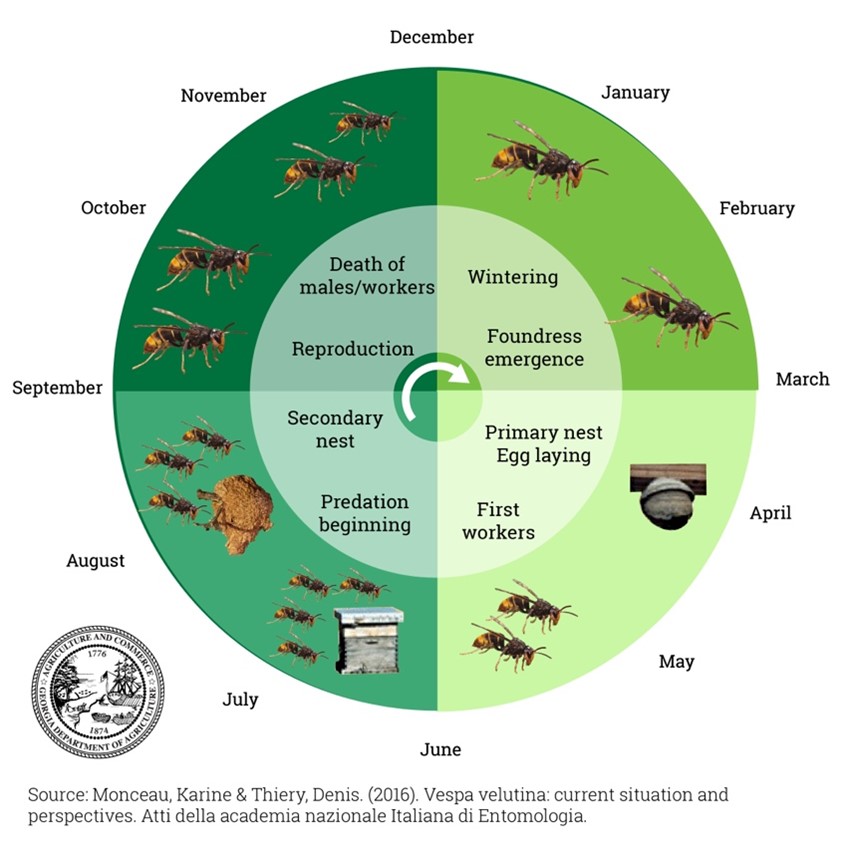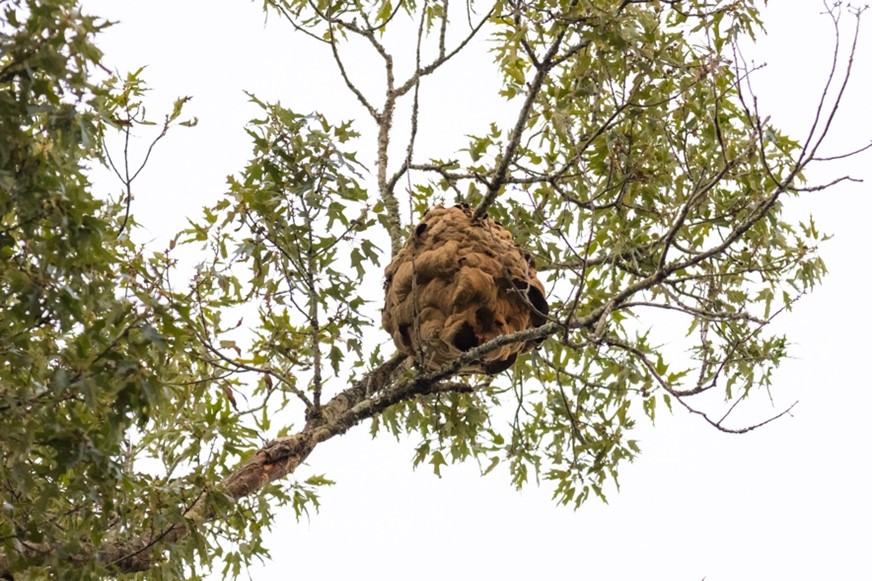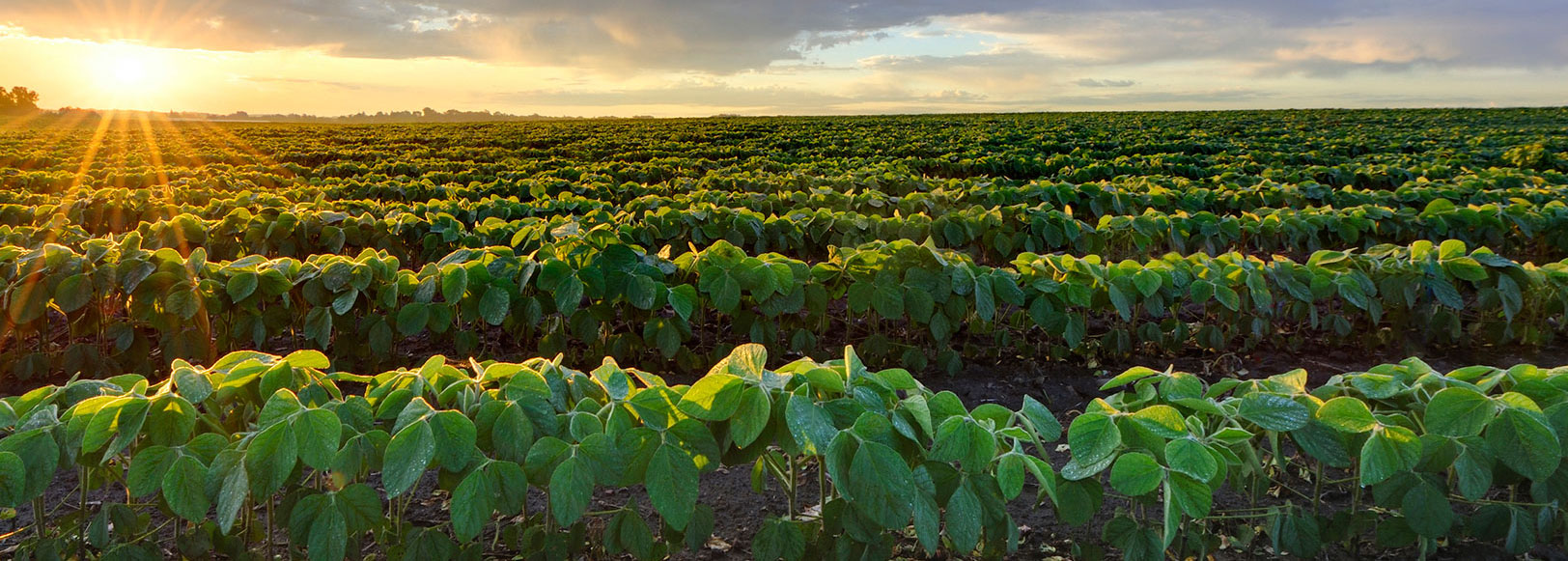In August 2023, the Georgia Department of Agriculture (GDA), in coordination with the United States Department of Agriculture Animal and Plant Health Inspection Service (USDA APHIS) and the University of Georgia, confirmed the presence of a yellow-legged hornet (YLH; Vespa velutina) near Savannah, Ga. This is the first time a live specimen of this species has been detected in the open United States.
The yellow-legged hornet poses a threat to honeybees and other pollinators in our state. These pollinators play a significant role in Georgia's agriculture industry, the state's main economic driver, and it is imperative that these invasive pests are tracked and eradicated. We are working with USDA APHIS and UGA to trap, track, and eradicate these pests and will continue to assess the situation as new information becomes available and allocate additional resources as need.
The public plays an important role, and we are asking Georgians to report sightings of the yellow-legged hornet using this online reporting form. We urge the public to be cautious in the event they come across a suspected yellow-legged hornet. If you can safely take a photo of the suspected yellow-legged hornet, we encourage you to do so to assist us with identification. See our Yellow-legged Hornet FAQ
REPORT A YELLOW-LEGGED HORNET SIGHTING



About the Yellow-Legged Hornet
This is the first detection of a live specimen of a yellow-legged hornet in the open United States. The yellow-legged hornet is a native to tropical and subtropical areas of Southeast Asia.
The legs are partially or primarily yellow, hence the common name "yellow-legged hornet." The body and head coloration can vary. This hornet is a social wasp species that constructs egg-shaped paper nests above the ground, often in trees. These nests can become large, housing an average of 6,000 workers.
Several insects native to, or found, in the United States are commonly mistaken for yellow-legged hornets. Accurate identification is crucial to managing and understanding these insects. For detailed information on distinguishing yellow-legged hornets from similar species, please refer to the following resources:

The yellow-legged hornet feeds on a variety of insects. If allowed to establish in the US, this invasive species could threaten honey production and Georgia's native pollinators. These native pollinators play a vital role in our state's agriculture industry.
About Yellow-legged Hornet Life Cycle & Nests
Yellow-legged hornets adhere to a predictable life cycle. Nests are annual. In late Fall (November), most members of the nest die off, except for recently produced queens. From December to March, the queens enter a dormancy period. As spring arrives, queens awaken and start constructing small embryo nests, roughly the size of a tennis ball, where they lay eggs that will develop into worker hornets. From April to June, these embryo nests evolve into primary nests, which grow from the size of a softball to that of a watermelon. Between June and September, worker hornets focus on expanding secondary nests, which can reach sizes capable of accommodating up to 6,000 hornets.

Embryo nests are built by queens to begin the colony and are usually about the size of a tennis ball. These nests, smooth on the outside, are often found in early spring on porches or similar sheltered areas. For those who choose to remove an embryo nest themselves, it is essential to eliminate the queen to prevent the formation of additional nests. We recommend contacting a pest management professional for effective eradication and advise notifying the Georgia Department of Agriculture’s Plant Protection Division before taking action. By preventing queens from establishing new nests, we can significantly reduce the spread of yellow-legged hornets.

Primary nests are constructed by worker hornets after they emerge from the embryo nests. These nests can vary in size from that of a softball to a watermelon and typically have a shell-like appearance. You can usually find primary nests in early summer.

Secondary nests represent the final stage of a hornet colony and are significantly larger than both embryo and primary nests. Often found high in trees, these nests can exceed the size of a basketball and are usually visible from late summer to fall. Although they have a shell-like exterior, secondary nests are made of the same paper-like material as the earlier stages of the yellow-legged hornet nests.

If you believe you have seen a yellow-legged hornet in your area, complete this online reporting form after reviewing the information above. If it is safe to do so, submit a picture and other details about any suspected sightings of the yellow-legged hornet. Photographs allow us to verify the identification, which is important since some native wasps can look very similar. If you are unsure about your specimen, please send a picture anyway.
Questions and/or comments can be sent to yellow.legged.hornet@agr.georgia.gov.
Please note: There are many domestic lookalikes that are native to the United States and do not pose a threat to honeybees. Many of them are valuable pollinators.
Yellow-Legged Ledger
Yellow-Legged Ledger Issue #1
Yellow-Legged Ledger Issue #2
Yellow-Legged Ledger Issue #3
Yellow-Legged Ledger Issue #4
Yellow-Legged Ledger Issue #5
Yellow-Legged Ledger Issue #6
Yellow-Legged Ledger Issue #7
Yellow-Legged Ledger Issue #8
Yellow-Legged Ledger Issue #9
Yellow-Legged Ledger Issue #10
Yellow-Legged Ledger Issue #11
Yellow-Legged Ledger Issue #12
Yellow Legged Ledger Issue #13
Yellow Legged Ledger Issue #14
Yellow Legged Ledger Issue #15
Yellow Legged Ledger Issue #16
Yellow Legged Ledger Issue #17
Yellow Legged Ledger Issue #18
Yellow Legged Ledger Issue #19
Yellow Legged Ledger Issue #20
Yellow Legged Ledger Issue #21
Yellow Legged Ledger Issue #22
Yellow Legged Ledger Issue #23
Yellow-Legged Ledger Issue #24
Yellow-Legged Ledger Issue #25
Yellow-Legged Ledger Issue #26
Yellow-Legged Ledger Issue #27
Yellow-Legged Ledger Issue #28
Yellow-Legged Ledger Issue #29
Yellow-Legged Ledger Issue #30
Yellow-Legged Ledger Issue #31
Yellow Legged Ledger Issue #32
Yellow Legged Ledger Issue #33
Yellow Legged Ledger Issue #34
Yellow Legged Ledger Issue #35
Yellow Legged Ledger Issue #36
Yellow Legged Ledger Issue #37
Yellow Legged Ledger Issue #38
Yellow Legged Ledger Issue #39
Yellow Legged Ledger Issue #40
Sign up to receive the Yellow-Legged Ledger in your email
Photo Galleries
Yellow-Legged Hornets An Eradication of a Yellow-legged Hornet Nest


